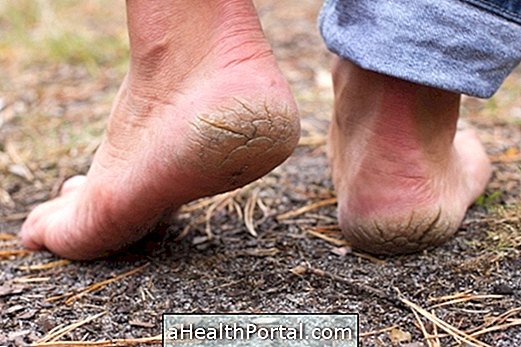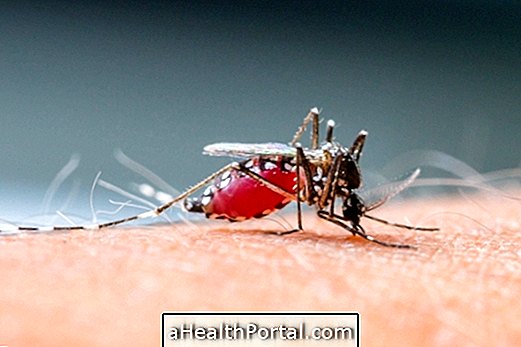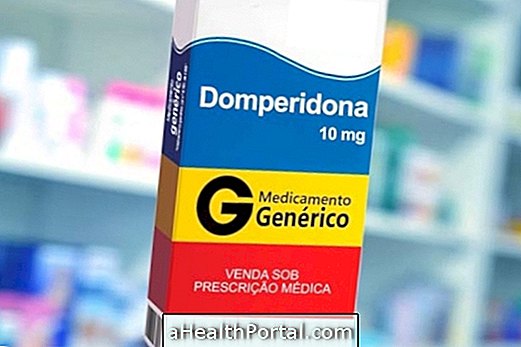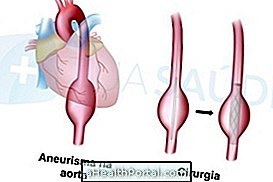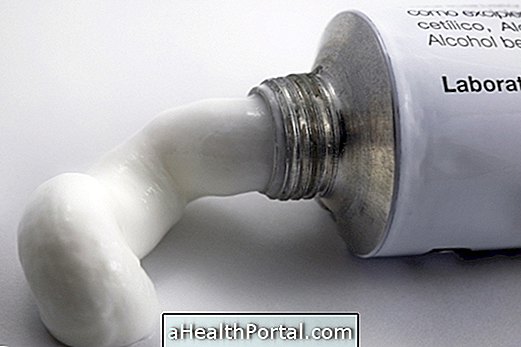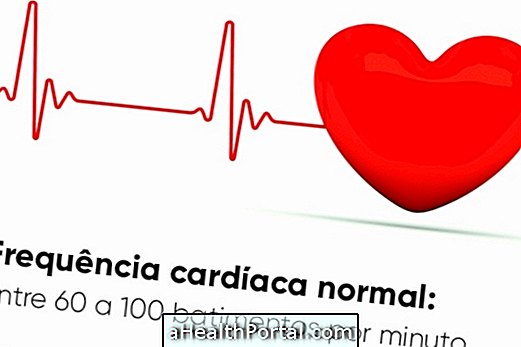There have been a number of scientific research in the pursuit of AIDS cure over the years, there have been many breakthroughs and some people have been able to completely eliminate the HIV virus from the blood and have apparently healed.
They continue to conduct tests periodically so that researchers know what has happened in their body and can replicate the therapy in all people infected with the HIV virus.
But despite the advances, the treatments used can not yet be replicated for use in other people for several reasons, which can put the person's life at risk. That is why researchers around the world are engaged in research to find a cure for AIDS.

Some advances in curing HIV are:
1. Cocktail in only 1 medicine
For the treatment of HIV it is necessary to use 3 different types of medicines daily. One advance in this area was the creation of a 3-in-1 remedy, which combines all three medications into one capsule. Learn more about the 3 in 1 AIDS remedy here.
This treatment, however, can not eliminate HIV viruses from the body, but it can greatly reduce viral load, leaving HIV undetectable. This does not represent a definitive cure for HIV because the virus, when perceiving the drug's performance, hides in areas where the medication can not enter, such as the brain, ovaries and testicles. Thus, when a person stops taking HIV drugs, he or she quickly multiplies again.
2. Combination of five antiretrovirals, gold salt and nicotinamide
Treatment with a combination of 7 different substances has had more positive results because they work together to eliminate the HIV virus from the body. These substances can eliminate the viruses that exist in the body, force the viruses that hid in places like brain, ovaries and testicles to appear again, and force the cells infected with HIV to suicide.
There are researches in humans being carried out in this sense, but studies have not yet been completed. Although many remaining viruses were eliminated, HIV viruses could not be completely eliminated. It is believed that once this is possible, further investigations will be needed because each person may need their own specific drug. One of the strategies under study is with dendritic cells. Learn more about these cells here.
3. Vaccine treatment for seropositives
A therapeutic vaccine has been developed that helps the body recognize HIV-infected cells that should be used in combination with a medicine called Vorinostat, which activates cells that are 'asleep' in the body.
In a UK survey one patient was able to completely eliminate the HIV virus, but the other 49 participants did not have the same result and therefore further research on their performance is needed until a treatment protocol can be developed that is capable of throughout the world. And for that reason more research will be carried out along these lines in the coming years.
4. Treatment with stem cells
Another treatment with stem cells has also been able to eliminate the HIV virus, but since it involved very complex procedures, it can not be used on a large scale because this is a complicated and very risky treatment because about 1 in 5 transplant patients dies during the procedure.
Timothy Ray Brown was the first patient to achieve the cure of AIDS after undergoing a bone marrow transplant for the treatment of a leukemia and after the procedure his viral load was declining more and more until the last tests confirmed that he is currently HIV negative and it can be said that he is the first man to be cured of AIDS worldwide.
Timothy received stem cells from a man who had a genetic mutation that only about 1% of the northern European population has: The absence of the CCR5 receptor, which makes it naturally resistant to the AIDS virus. This caused the patient to no longer produce HIV-infected cells and, with the treatment, the cells that were already infected were eliminated.

5. Use of PREP
Post-exposure prophylaxis is a type of treatment that consists of the use of medicines like Truvada, also called PREP, right after the risk behavior, where the person may have been infected. Because in this immediate period after the behavior there are still few HIV viruses circulating in the blood, there is the possibility of 'cure'. That is, theoretically the person was infected with the HIV virus but received treatment early and this was enough to completely eliminate HIV.
This drug decreases your chances of being sexually contaminated by 100% and by 70% using shared syringes. However, its use does not exclude the need to use condoms in all intimate contact, nor does it exclude other forms of HIV prevention. Learn more about PREP to prevent AIDS.
6. Gene therapy and nanotechnology
Another possible way to cure HIV is through gene therapy, which consists of modifying the structure of viruses present in the body in a way that prevents them from multiplying. Nanotechnology can also be useful and corresponds to a technique in which it is possible to put all the mechanisms of combat to the virus in only one capsule, that must be taken by the patient during some months, being a treatment more efficient and with less harmful effects.
Because AIDS still has no cure
AIDS is a serious disease that does not yet have a definitive cure, but there are treatments that can reduce the viral load a lot and prolong the life of the HIV positive person, improving the quality of life of the person.
Nowadays, large-scale AIDS treatment is done with the use of a cocktail of drugs, which, although it can not completely eliminate the HIV virus from the blood, can increase the life expectancy of the individual. Learn more about this cocktail in: Treatment of AIDS.
Basically, the definitive cure for AIDS has not yet been discovered because the HIV virus can mutate and drugs that are theoretically capable of destroying them can not take effect because the virus can hide in other regions of the body.
It is believed that the cure of AIDS can be related to the correct activation of the immune system and can arise when the person's body is able to identify the HIV virus and all its mutations, and can eliminate them completely, or through new technologies that are not specifically designed to stimulate the immune system, such as gene therapy and nanotechnology, which act in different ways.

